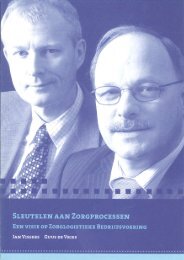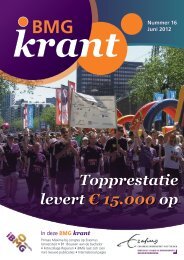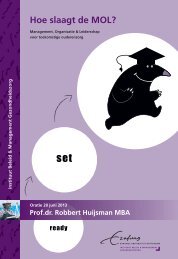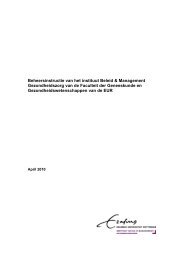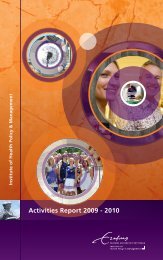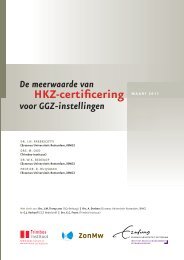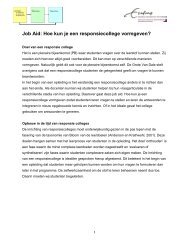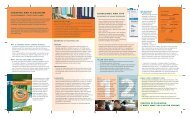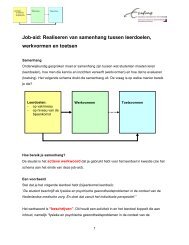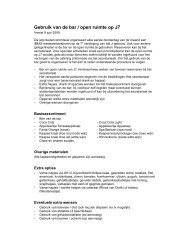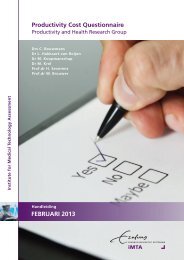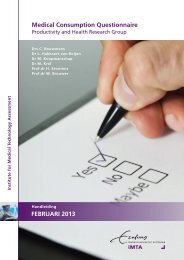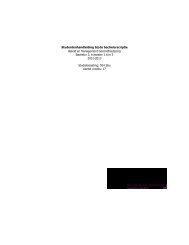Marten J. Poley - Erasmus Universiteit Rotterdam
Marten J. Poley - Erasmus Universiteit Rotterdam
Marten J. Poley - Erasmus Universiteit Rotterdam
- No tags were found...
Create successful ePaper yourself
Turn your PDF publications into a flip-book with our unique Google optimized e-Paper software.
94Chapter 6that caregiving for their child required more time than that for other children, theamount of extra hours spent per week on caregiving was 7 in female parents ofARM patients, 5 hours in male parents of ARM patients, and 7 hours in bothfemale and male parents of CDH patients.Almost half of the female parents had given up paid work for taking care of theirchild (Table 6.3). However, it should be realized that these parents might havegiven up paid work anyway, regardless of the congenital anomaly of their child.Indeed, only a small proportion of the female parents indicated that they hadgiven up paid work as a particular consequence of the anomaly. In male parents,these percentages were substantially lower. As a result, the net laborparticipation of all female parents that have a partner and whose youngest childis aged 0–4 years (n = 83), for example, was lower than that of theircounterparts in the general population 9 (37% v 45%; P = .16). The parents alsoindicated whether they had spent less time on unpaid activities than they wishedbecause of the child's malformation (Table 6.3). Parents of ARM patients andthose of CDH patients appeared not to differ very much. Generally, male parentsless often reported a shortage of time.Health-related quality of lifeEQ-5D and EQ-VAS compared with the general population. We compared theparents' EQ-5D index scores with those of the general population for two ageclasses of the parents of both patient groups (Table 6.4). The value of the healthstates of the female parents was relatively low. By conventional statistical criteria,this difference was significant only for the ARM patients' female parents between25 and 34 years of age. With the exception of the male parents aged between 25and 34, the EQ-VAS scores of the parents of the ARM patients were statisticallysignificantly lower than those of the general population. The health state of theCDH patients' parents, by contrast, did not differ statistically significantly.Table 6.2 Most Frequent Caregiving Tasks (Top Five)Parents mentioning this task *Parents of patients with ARMGiving enemas/lavage 58%Changing diapers or underwear/washing child 25%Supervision/extra attention in general/cheering up 20%Washing (textiles) 18%Taking care of the child's stoma 15%Parents of patients with CDHSupervision/extra attention in general/cheering up 44%Administering medication 25%Monitoring oxygen need/provision of oxygen 25%Preparing special meals/helping with eating 25%Visiting health care providers 19%*Proportion of all parents who reported that the time for taking care of their child was aboveaverage.




